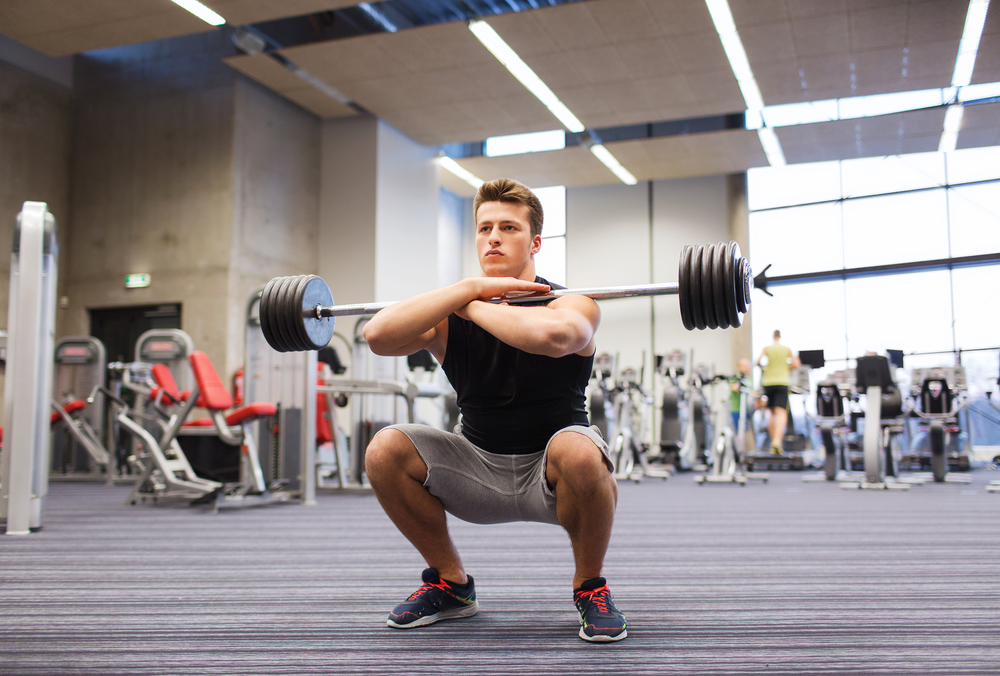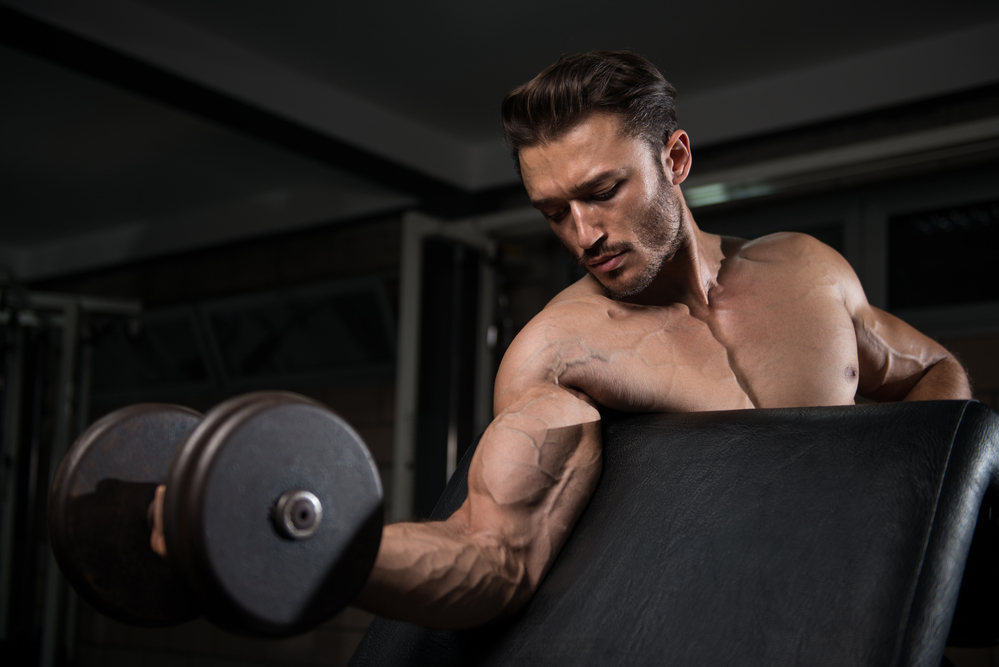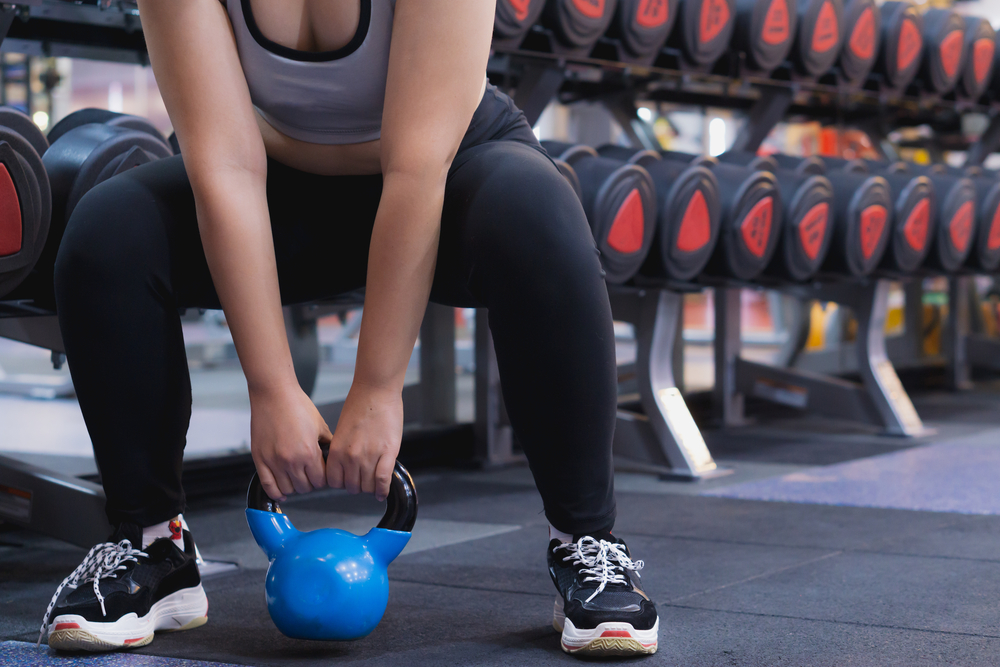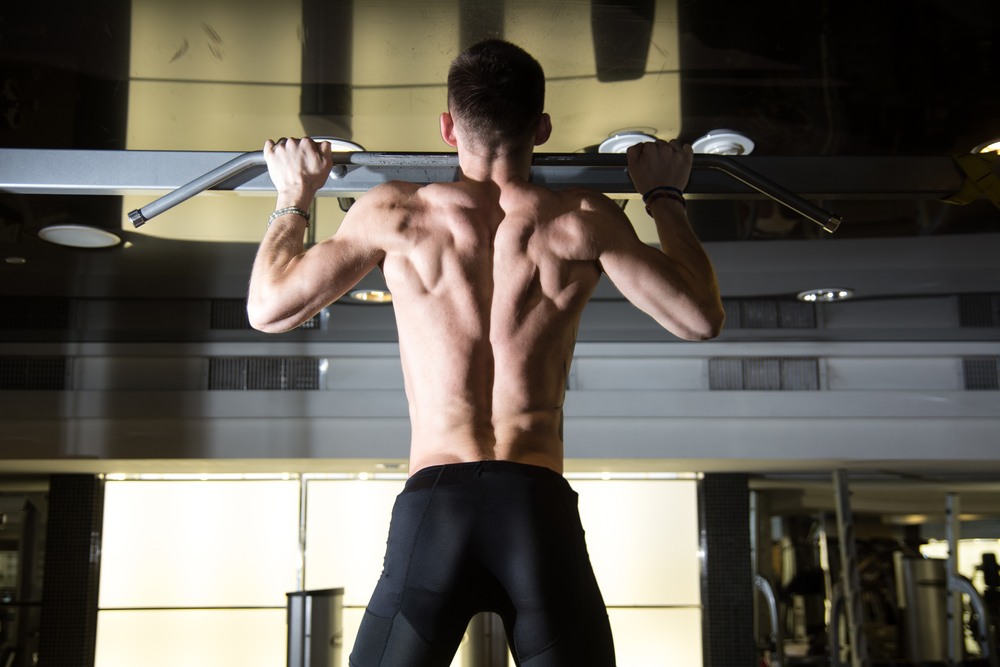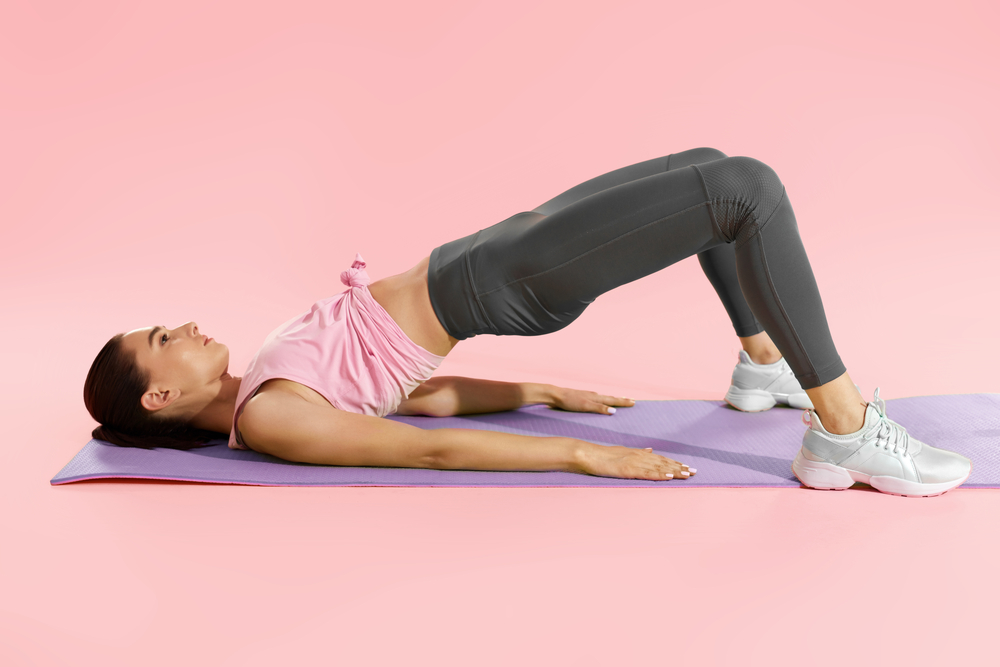
One of the most popular exercises for building beautiful and strong buttocks is the recumbent pelvis lift. This exercise is quite effective and usually becomes part of the complexes aimed at working out the lower body.
Benefits of the glute bridge
The glute bridge is a variation of the bridge exercise, but, unlike the bridge, it does not load the spine.
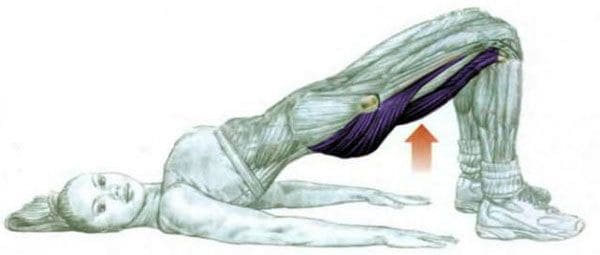
Working muscles
The advantages of the exercise are as follows:
The glute bridge refers to isolation exercises. It’s advisable to perform the exercise in a comprehensive workout of the lower body or combine it with aerobic exercise (if your goal is fat burning).
Like any other exercise, the glute bridge should only be done after a warm-up. If you are doing it alone, add 4-5 minutes of running in place or any other moderate-intensity movement as a warm-up. Although, as mentioned above, it is recommended to do it after basic exercises.
Proper exercise technique
To perform the glute bridge, take the following position:
Lie on the floor, stretch your arms along your body and press them to the floor, palms down
Bend your legs at the knees and pull them as close to the buttocks as possible
Make sure your fingers are pointing towards your heels
Keep your feet and knees hip-width apart
Press your shoulders and body firmly to the floor surface
Raise your toes slightly, focusing on your heels
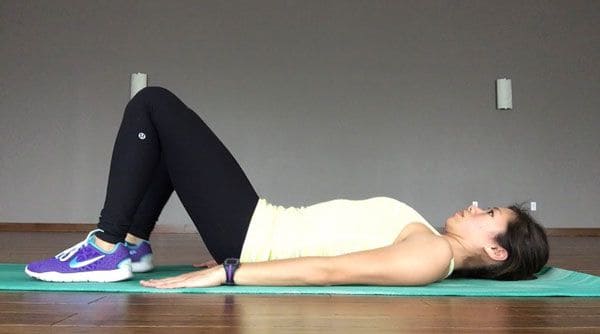
Initial position
You are now ready to do the glute bridge:
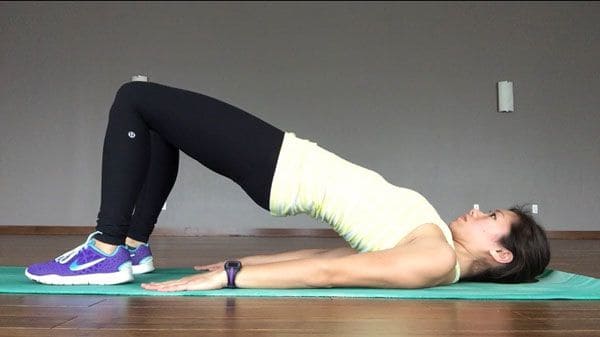
Exercise’s high point
During the exercise, do not turn your head from side to side. It can cause injury to the cervical spine. It’ll also be unpleasant to stretch the muscle. The gaze should be directed straight up.
Maintaining the specified amplitude, do 15-20 reps. Take a 1-minute break and repeat the whole exercise 1-2 more times.
Exercise variations
If your fitness level is high enough, try to make the glute bridge harder by increasing the number of reps or adding an extra set. There also is an advanced version of the exercise, namely the barbell pelvic thrust. Additional burdening will give the muscles of the buttocks an increased load.
If you are not used to working with a barbell or doing a bridge at home, use a regular dumbbell, kettlebell, or other weight. Grasp the selected inventory with your hands and place it on your lower abdomen. Follow the pattern described above.
To relieve tension in the lower back and avoid injury, the glute bridge with dumbbells, a barbell, or other weights is best performed with your back resting on a bench.
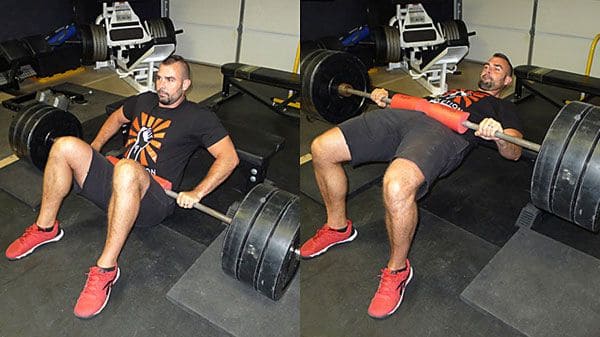
Barbell implementation
There is also an option – to put your feet on a small stand. Such an action will allow you to lower your pelvis, increasing the effectiveness of the exercise.
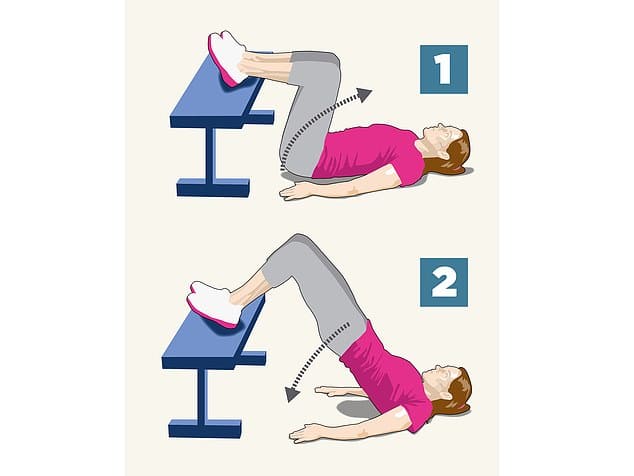
Using the bench
As you can see, the glute bridge is a simple yet highly effective exercise. The first results from its regular and correct implementation will become noticeable after 1.5-2 months. The shape of the buttocks will improve significantly. The muscles will become strong and won’t lose their elasticity. By combining the glute bridge with aerobics, you’ll also enjoy reducing the volume of your problem area.
If your goal is to strengthen and develop the gluteal muscles, use additional weights, such as a barbell or dumbbell.



